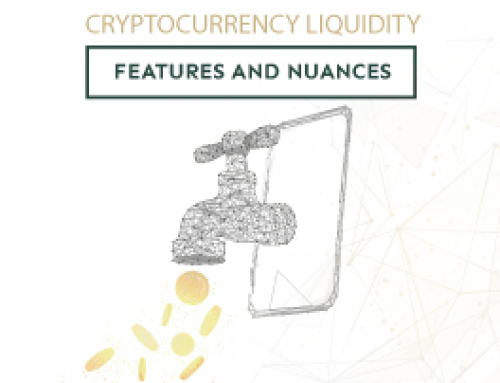Today, the most popular and accessible formats for trading cryptoassets are transactions on the spot and margin markets. Most modern exchanges provide traders with this opportunity. Trading on the spot (spot) and margin markets differ significantly, especially in terms of risk and money management. Therefore, it will not be superfluous to know the differences, strengths, and weaknesses of different trading options.
Spot market trading
When carrying out transactions on the spot market, a trader operates only with his own money, which he has in exchange wallets. Orders are placed for the currency pairs of interest (for example, BTC/USDT, ADA/BTC, etc.) and, depending on the selected order type and the conditions of the operation, transactions are closed. For all successfully executed orders, the exchange deducts a small fee. If a limit order is not executed, for example, because the asset rate has become very different from the expected, such an order can always be canceled. No fee is charged for canceled orders, so you can perform such operations an unlimited number of times without fear of losing money.
When a deal is closed, the purchased asset is credited to the wallet, and the sold asset is debited from the balance. As we can see, everything is extremely simple.
If a trader does not have time to sell a certain asset during a dump or does not have time to fix profit in time with a pump, then this is not critical when trading on a spot. As the saying goes, while the loss on the spot is not fixed by the trader himself, it does not exist. Given the constant cyclical nature of the market and the high volatility of the value of crypto assets, the rate may sooner or later return to the expected price level, and the transaction has every chance of closing with a profit. Trading on the spot market is less risky than trading on the margin market, but it can be less profitable.
Trading on the margin market
When conducting transactions on the margin market, the trader trades not with his own, but with borrowed funds, leaving a part of his deposit as collateral to the lender (exchange). Such trading involves the use of leverage with a selected multiplier (coefficient from 2X to 100X and even more). For the use of borrowed funds, a fee (interest on the loan) is considered and calculated by the exchange daily, which must be paid after the closing of the transaction, simultaneously with the return of the loan body. On average, interest per day will accrue in the amount of 0.1% of the loan amount. Somewhere more, somewhere less – it all depends on the appetite of a particular exchange.
Leverage has both advantages and significant risks for traders. Entering a trade with a leverage of 10X, a trader increases the probability of making a profit by 10 times but also increases the risk of a loss by the same amount if the rate goes against his expectations.
Using leverage, you can trade both short and long. Among traders, this is called, respectively, “the game for a fall or rise.”
If a trader miscalculated and incorrectly predicted the movement of the rate, but at the same time continues to be in an open position, he suffers losses every day and reduces his deposit. In moments of large-scale pumps or dumps, this often leads to a complete zeroing of the trader’s deposit by the exchange. Such an event is called a “margin call”. We would not wish to face this any trader.
Therefore, when trading on the margin market, it is critically important not to overestimate the risks, use leverage with a small and weighted ratio (in the range of 3X-12X), and also set a stop-loss order (stop-loss) to close unsuccessful trades with minimal losses.
Conclusion
Trading on the margin market carries increased risks, but at the same time, it can significantly, several times, increase income if the price change of a particular asset is correctly predicted. It is not recommended to trade on the margin market for newbie traders. It is better to first gain a few years of experience in non-spot trading and only then switches to trading with leverage.
When choosing an exchange, we advise you to always check the availability of trading on the margin market, the range of leverage, and the amount of fee for using borrowed funds.






Leave A Comment